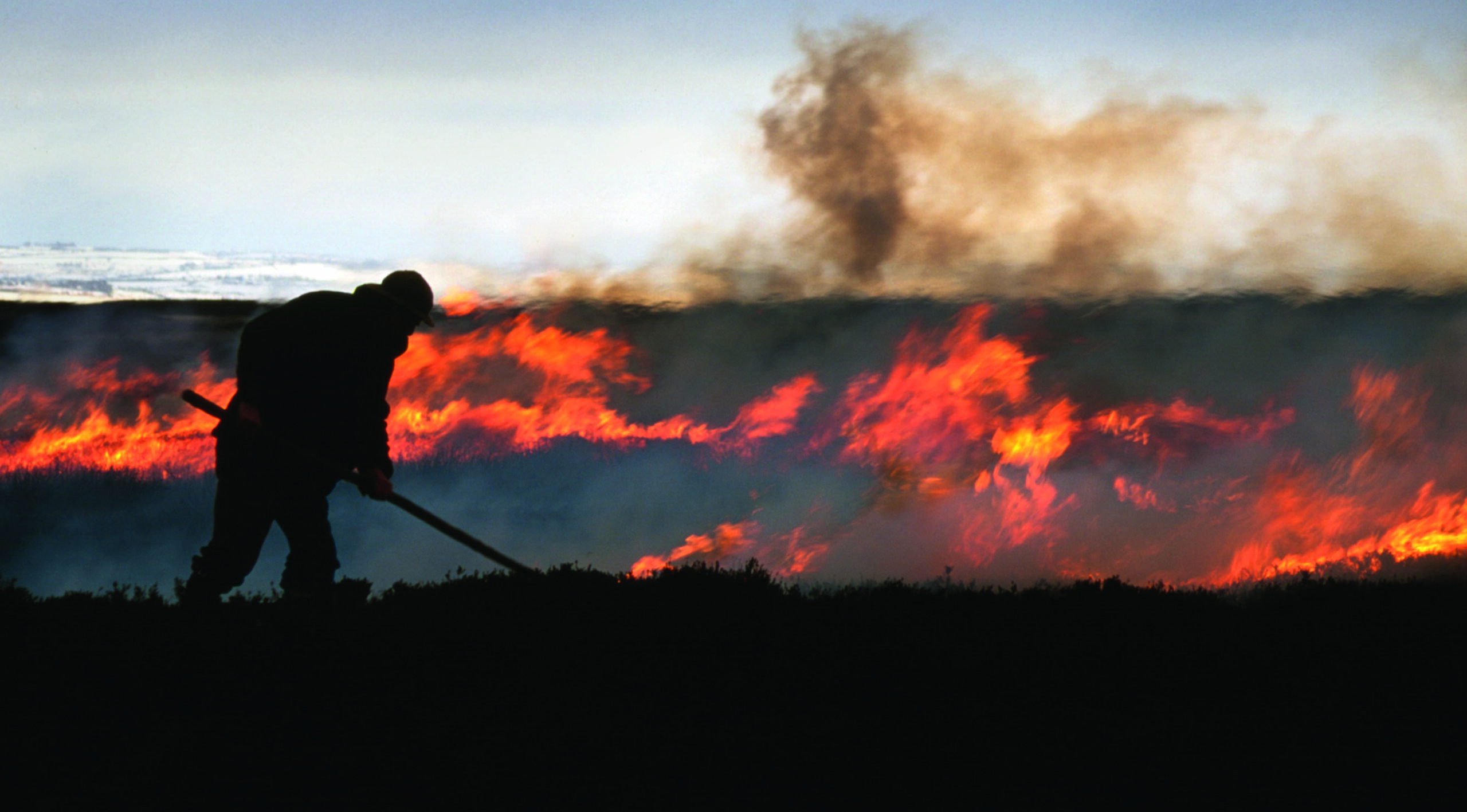Golden eagle report welcomed
Scotland could support up to 16 breeding pairs of golden eagles but habitat loss and climate change have caused populations to decline

Habitat loss and climate change have been key factors in the decline of golden eagle populations in southern Scotland, which could potentially support up to 16 breeding pairs, according to analysis carried out for Scottish Natural Heritage (SNH) with the aid of partner organisations including Scottish Land & Estates (SLE) and RSPB Scotland.
The 74-page report, which makes suggestions for ongoing action, has been welcomed by landowners and conservation organisations, which hope that it could form the foundation of a successful drive to boost numbers.
The most significant barriers to breeding success have been identified as a reduction in the areas of heather moorland, blanket mire and rough grassland, along with environmental changes. The report concludes that loss of heather cover is largely due to an increase in forestry rather than changes to muirburn or grazing practices. Data also indicate that increases in rainfall levels and temperatures since the1980s have made the eagles’ prey less numerous and harder to catch.
Land management activities, including sheep-gathering, muirburn and fox control, were also assessed for potential impact, along with illegal persecution, wind farms and recreational disturbance from walkers, skiers and climbers.
While sheep-gathering was held to have no discernible effect, muirburn and fox control were considered to be potentially problematic for breeding eagles. However, the report noted that both are covered by current wildlife legislation which gives protection to nest sites and makes accidental disturbance less likely.
Illegal persecution was noted as a factor that could have an effect on breeding. Wind farms were found to reduce the amount of habitat available, displacing and disturbing birds as well as contributing to mortality. Disturbance from activities such as walking, skiing and hiking, was identified as a possible constraint, but the extent of its impact was “very difficult to assess”.
The report recommended research into occupied and potential breeding ranges, the impact of wetter weather in spring and summer, and the impact of wind farms. The partner organisations and Scotland’s environment minister Paul Wheelhouse have welcomed the findings and recommendations.
Project group chairman professor Des Thompson of SNH said: “With habitat improvements, we could see connections with the small reintroduced population in Ireland. This would help both groups of eagles, and could help bolster the population in north England. The approach is novel, and could work well for other regions and species”.
Douglas McAdam, chief executive of SLE, said: “This thorough and detailed study makes clear that SNH believes that habitat improvements are needed to encourage more breeding golden eagle pairs in the south of the country. We fully support this conclusion and we will encourage land managers to work in partnership with SNH and other bodies to make improvements to these habitats wherever possible.
“Other factors, including climate change, lack of availability of prey for eagles — often because these areas are no longer managed by gamekeepers — as well as expansion of forestry and changing land use may also be inhibiting eagle presence in these areas. Where persecution may have been a historical factor, it is clear from the official government data — published alongside our partners in PAW Scotland in March — that the number of such incidents has dropped significantly in recent years. However, everyone remains resolute that where persecution exists it must be eradicated”.
Duncan Orr-Ewing, RSPB Scotland head of species and land management, said: “These magnificent birds should be given every opportunity to recover and re-occupy lost range, and must be protected in practice from the effects of human persecution, which remains a significant threat to this species.
“We need more work to create conditions for re-colonisation by golden eagles, including a reduction in illegal killing, targeted habitat improvements to benefit existing pairs and sites with high potential for occupation, as well as a thorough appraisal of the feasibility of translocation as a tool to speed recovery.”








